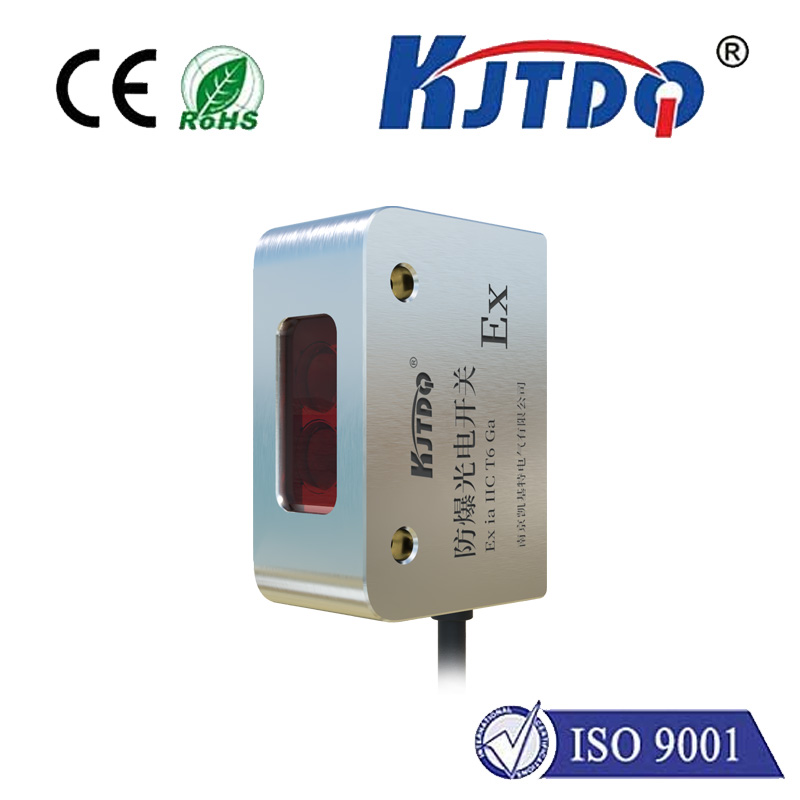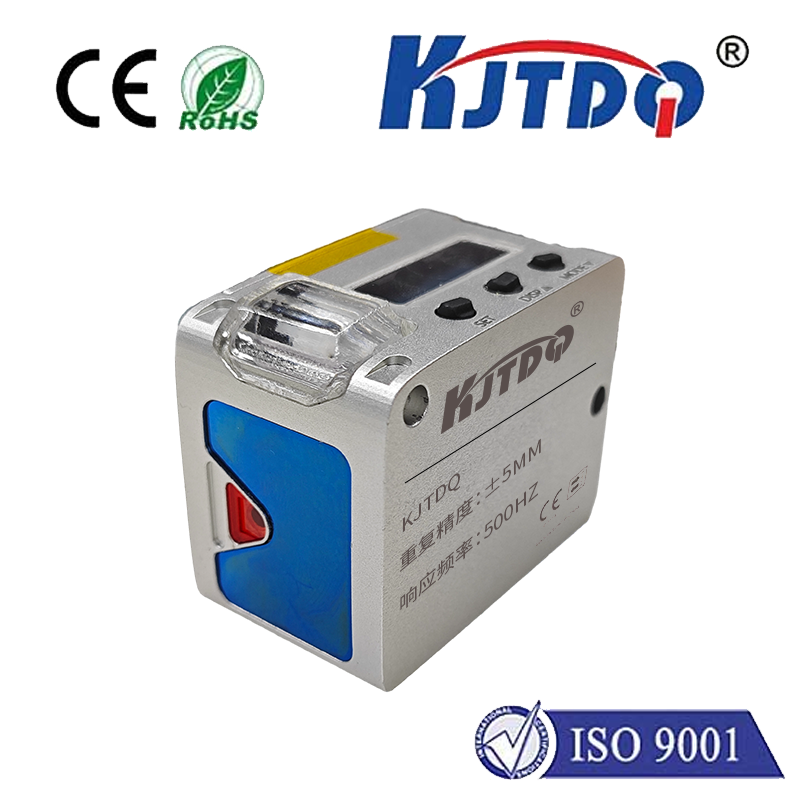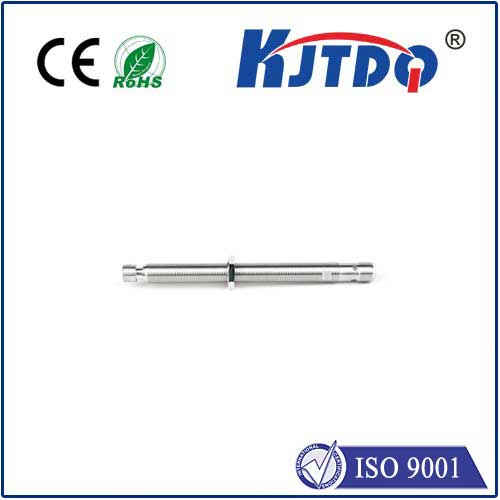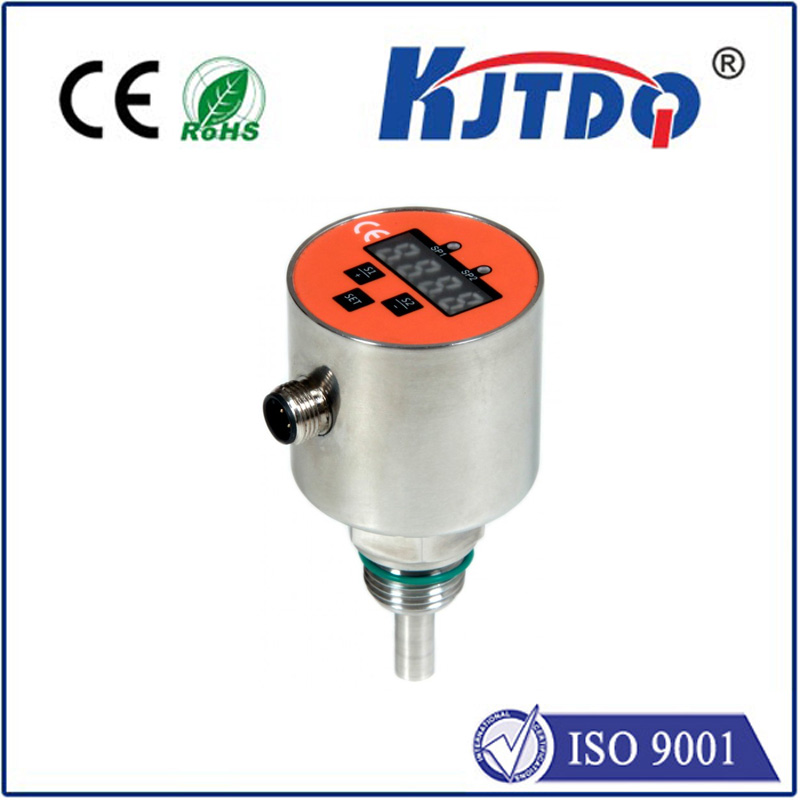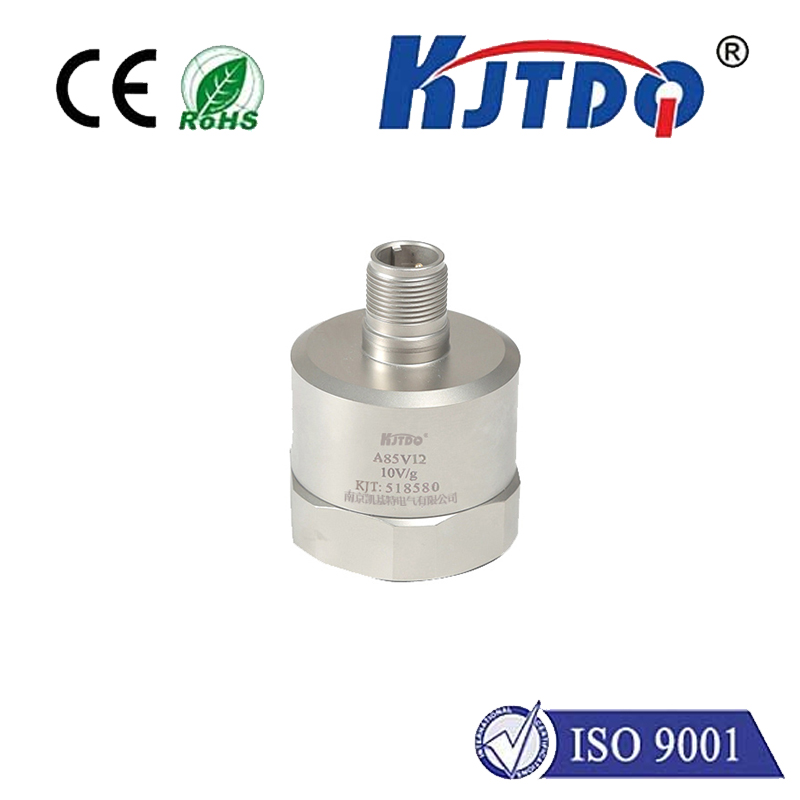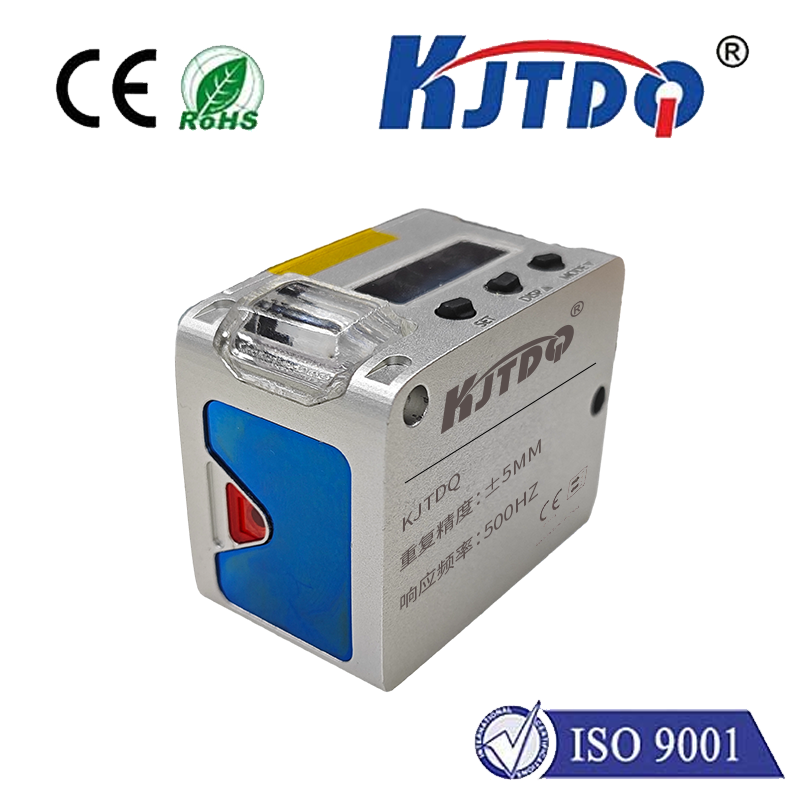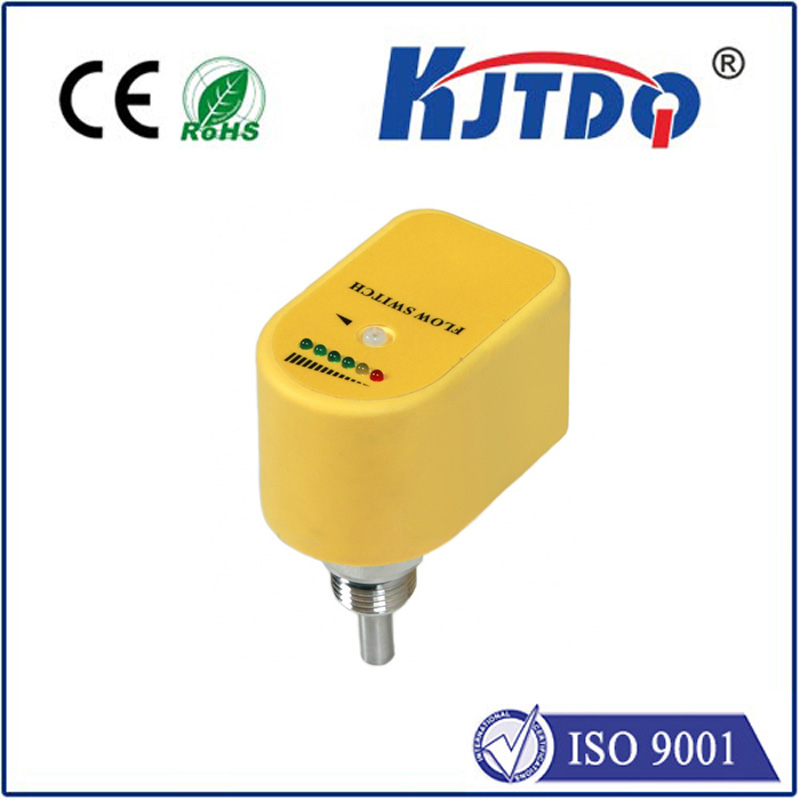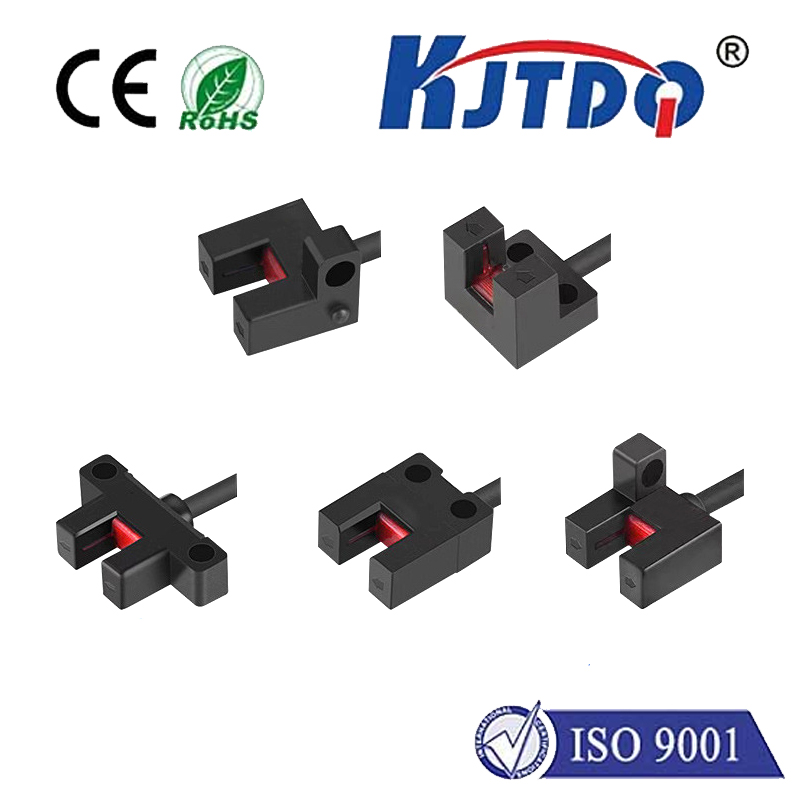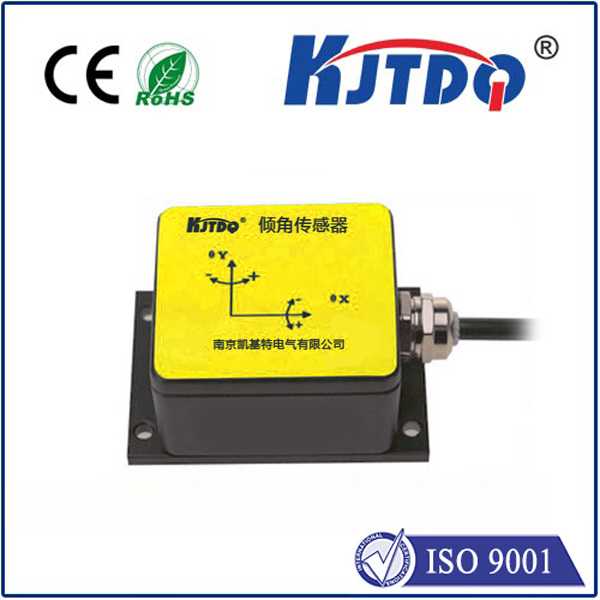
check

check

check

check
Title: The Role of a Momentary Limit Switch in Industrial Automation
In the realm of industrial automation, precise control and monitoring of machinery are crucial for ensuring safety, efficiency, and reliability. One component that plays a significant role in achieving this level of precision is the momentary limit switch. This article will delve into the functionality and importance of momentary limit switches within the context of automated systems.
Firstly, let us define what a momentary limit switch is. A momentary limit switch is a type of switch that is designed to detect the presence or absence of an object, typically a moving part of a machine. It is called "momentary" because it only engages temporarily when the object reaches a predefined limit or position, sending an electrical signal to initiate or terminate a specific action.
The design of a momentary limit switch is simple yet effective. It usually consists of an actuator, which can be a roller lever or a vane-type arm, connected to an internal switch mechanism. When the object comes into contact with the actuator, the mechanism is triggered, causing the switch to change its state—either from open to closed or vice versa.
Momentary limit switches serve multiple purposes in industrial applications. They are commonly used for end position detection, ensuring that mechanical components do not overextend or operate beyond their safe limits. For instance, in conveyor systems, these switches can stop the belt once it has reached the end of its line, preventing product damage or equipment failure.
Additionally, momentary limit switches provide feedback to the control system about the current status of a machine. By signaling the controller that a certain process has been completed, automation software can make decisions on how to proceed with the next operation, enhancing the overall efficiency and throughput of the process.
Safety is another critical aspect where momentary limit switches play a pivotal role. They can serve as emergency stops, triggering immediate halts if a machine operates outside of its intended parameters due to malfunction or misuse. This quick response can help prevent injuries to operators and minimize potential damage to equipment.
Moreover, momentary limit switches contribute to maintenance efforts by providing diagnostic information. If a switch fails to signal correctly, it may indicate that there is a problem such as wear, misalignment, or obstruction in the system. Maintenance teams can then address these issues before they escalate into costly repairs or downtime events.
The installation and configuration of momentary limit switches require careful consideration of machine dynamics and operating conditions. Proper placement ensures that the switch will engage reliably without false triggers or missed signals. Regular testing and upkeep of these devices further ensure their dependability over time.
In conclusion, the momentary limit switch is a fundamental component in the toolkit of industrial automation. Its ability to provide precise positional feedback, enhance operational efficiency, maintain safety standards, and aid in maintenance makes it an indispensable element for controlling and monitoring automated machinery. As industries continue to evolve towards smarter and more interconnected systems, the role of the momentary limit switch remains firmly at the forefront of innovation and reliability.
